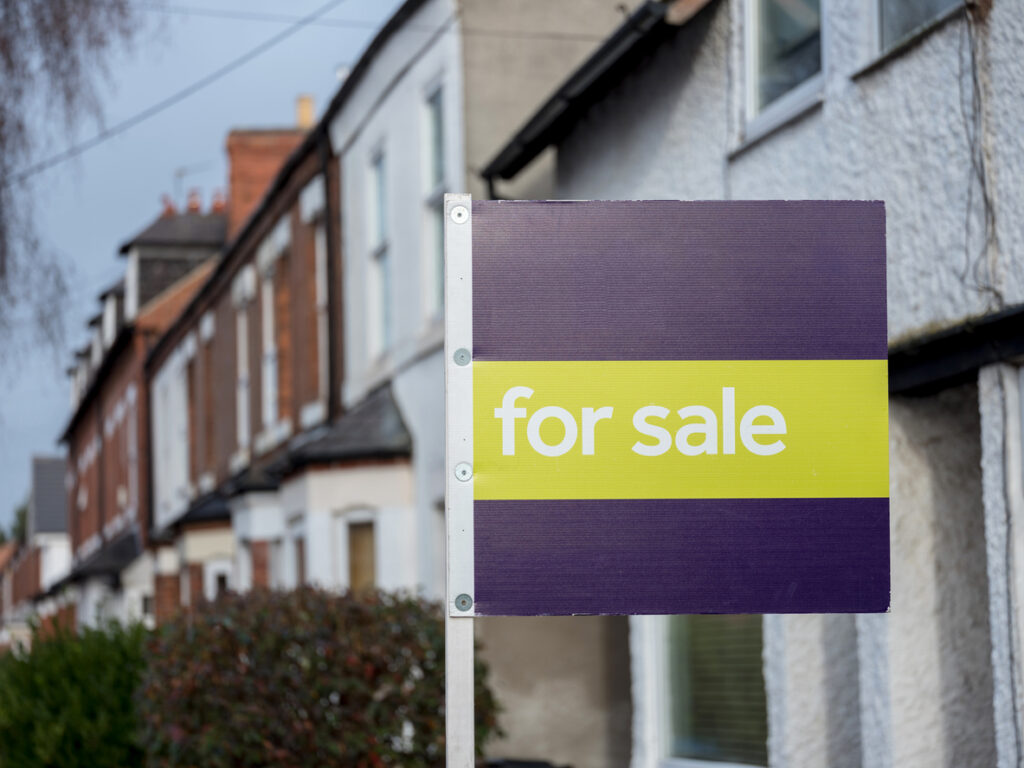Overview
Reinforced Autoclaved Aerated Concrete (RAAC) once held the spotlight as a widely used building material in public construction projects from the 1950s to the 1980s. However, concerns about its long-term durability led to its decline. Recent government guidance in 2021 and May 2023 has reignited concerns, especially in over 500 school buildings, prompting a closer look at this material.
Escalating Safety Concerns
RAAC has now emerged as a potential threat, with the alarming possibility of sudden collapses. While predominantly affecting public sector buildings, the housing sector and in particular Housing Associations (HAs) should take note of these warnings.
The Urgent Need for Action
Typically, HAs do not include RAAC in their stock condition surveys. However, with the crisis growing, proactive testing is really important. What should HAs do to address this issue?
Paperwork Alone Isn’t Enough
In cases involving large-scale voluntary transfers (LSVTs) from local authorities, relying solely on paperwork may fall short. Often, local authorities and HAs relied on partial stock condition surveys, supported by collateral warranties. These warranties can hold the local authority responsible for HA costs in resolving issues.
LSVTs Demand Extra Vigilance
HAs involved in LSVTs should conduct swift stock condition checks and determine if RAAC is covered by collateral warranties. Understanding the potential for cost recovery is crucial.
Other parties need to be aware
The responsibility doesn’t end with local authorities. HA funders must also be informed of any material RAAC issues and there may be an impact on valuations. There may also be a requirement for regulatory notifications.
Seek Professional Guidance
Given the complexity and stakes involved, HAs should seek professional advice to understand the risks, provisions, and potential liability, including investigations into builder responsibility and historical legislation.
Proactive Stock Condition Surveys
The most critical step is to conduct swift stock condition surveys, prioritising older buildings from the relevant era. Timely action is vital to stay ahead of potential media scrutiny and regulatory obligations.
Tenant Safety is a Priority
If RAAC is discovered, HAs must follow internal processes to secure temporary accommodation for affected tenants. Structural issues demand time and resources for resolution, influencing asset management plans.
Prevention is better than cure
While the crisis may not impact housing as severely as public sector infrastructure, undiscovered RAAC poses real risks to tenants. Prevention measures are essential.
Without comprehensive stock condition surveys, the extent of RAAC in HA stock remains unknown. By conducting thorough audits, seeking professional guidance, and keeping stakeholders informed, HAs can ensure the best outcomes for their tenants and their business, regardless of stock check results. HAs should act swiftly and responsibly in the face of the RAAC challenge.





